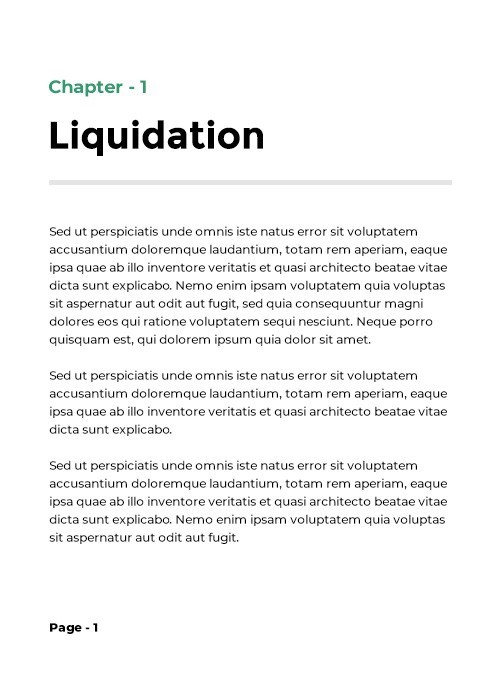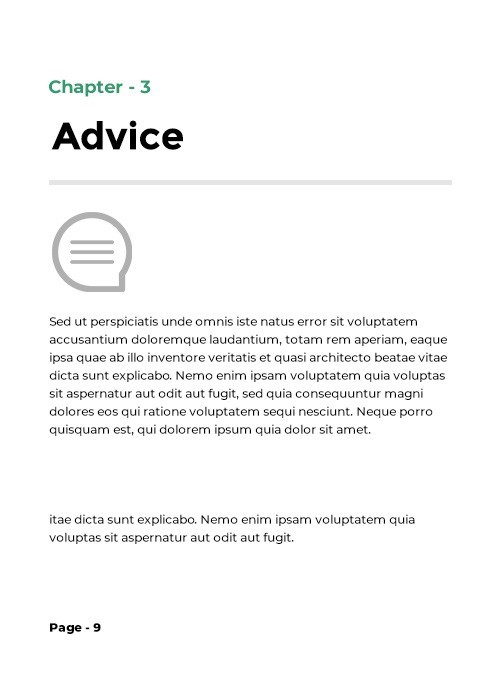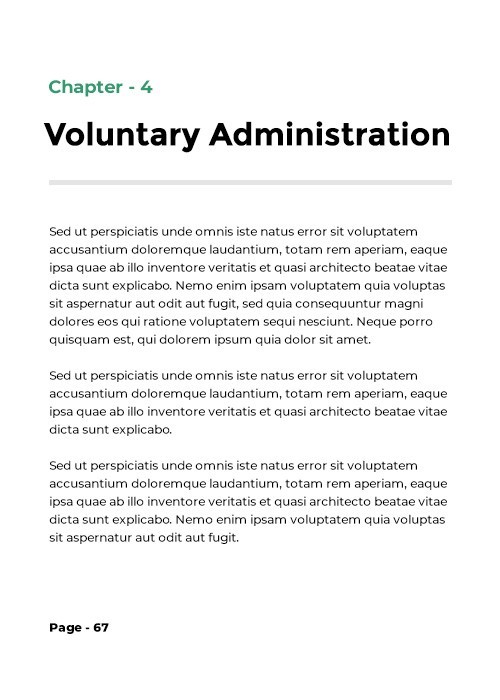OYEZ.COM.AU Easy Guide to Aussie Law
Every Australian has unanswered questions about the law and how it impacts their day to day lives. Whether you have a dispute with your neighbour about an overhanging tree, have questions about how to make a will or are looking for answers about child support – The OYEZ.COM.AU Easy Guide to Aussie Law has you covered. With every chapter of the book written by a leading lawyer who practices in that area of the law, you can be sure that you’ll get a practical heads up on the best way to approach your legal problem. Click the big orange button to reserve your copy now.

Director Penalty Notices
What is a Director Penalty Notice?
Under certain circumstances, the Australian Taxation Office (ATO) can force the directors of a company which is unwilling or unable to meet certain tax and other obligations, to personally pay those debts. This is achieved with the issuance of a Director Penalty Notice. Those obligations include PAYG (Withholding) Tax, and unpaid employee superannuation entitlements. You should know that a Director Penalty Notice can be equally issued to Shadow or de facto directors.
The laws governing the Director Penalty Notice regime were strengthened significantly in June, 2012. The net result of this is, it is easier for directors to become personally liable for the debts of a company. The ATO commences the processes of recovering money owed by a company, from its directors, by issuing a Director Penalty Notice. There are two types of Director Penalty Notices that you need to know about.
1. Non-Lockdown Directors Penalty Notices
The first type is the “non-lockdown” Directors Penalty Notice. Non-lockdown notices are issued to company directors that have lodged its Business Activity Statements or Instalment Activity Statements, but the debts remain unpaid. The notice gives directors 21 days to take certain actions (covered later in this guide) which results in the penalty being “remitted” i.e. cancelled.
2. Lockdown Directors Penalty Notices
The second type is “lockdown” Directors Penalty Notice (also referred to as the three-month lockdown provision). Lockdown notices are issued to company directors where a company has failed to lodge its Business Activity Statements or Instalment Activity Statements within three months of their due lodgement date. In this case, directors become automatically liable for the debts to the ATO.
What Action can the ATO Take?
The Australian Taxation Office is not your standard creditor, and enjoys wide powers to recover debts that other creditors simply do not. Here are some sobering facts that you need to consider;
Garnishee Notices (section 260-5, Tax Administration Act)
The Australian Taxation Office (ATO) has the power to issue a Garnishee Notice to any third party that owes or holds (e.g. the company’s bank) any money on behalf of the company. A Garnishee Notice requires the third party to pay money directly to the ATO.
What You’ll Learn
- 17 Chapters
237 Pages
The OYEZ.COM.AU Easy Guide to Aussie Law has been written with real people in mind. The Guide cuts through the legalistic mumbo-jumbo that characterises the Australian legal landscape and provides the kind of no-nonsense, plain English resource that people facing the prospect of legal problems so desperately need.
Filled with real-world scenarios to make it easy to understand, you’ll become better informed about the basics of:
- Making or contesting a will
- Buying or selling a house
- Starting a business
- Insolvency and bankruptcy
- Getting married or divorced
- Child custody and support
- Workplace health and safety
- And more…
Written in collaboration with some of Australia’s leading lawyers, The OYEZ.COM.AU Easy Guide to Aussie Law is your #1 weapon in knowing your way around Australia’s legal minefield.
- TAKE A LOOK INSIDE




